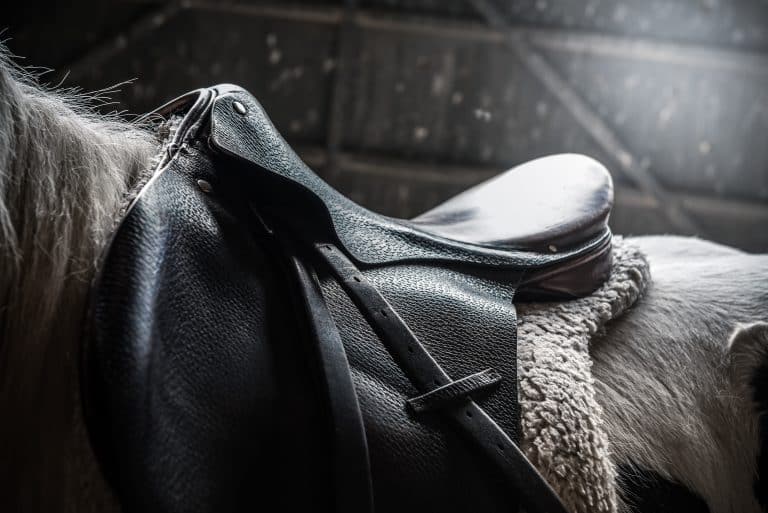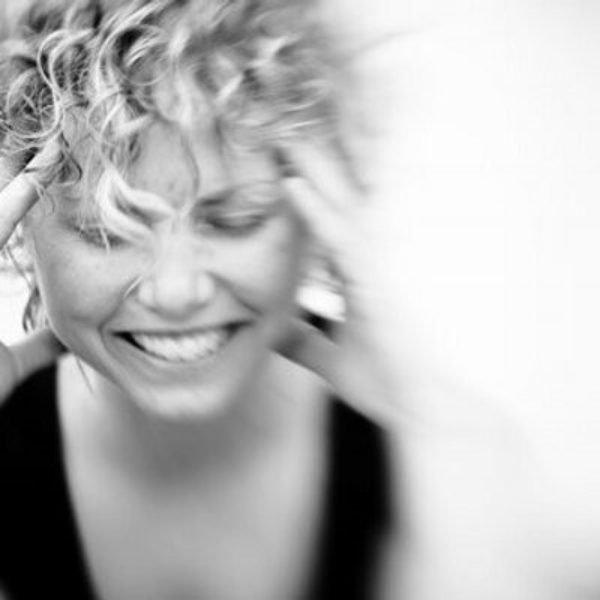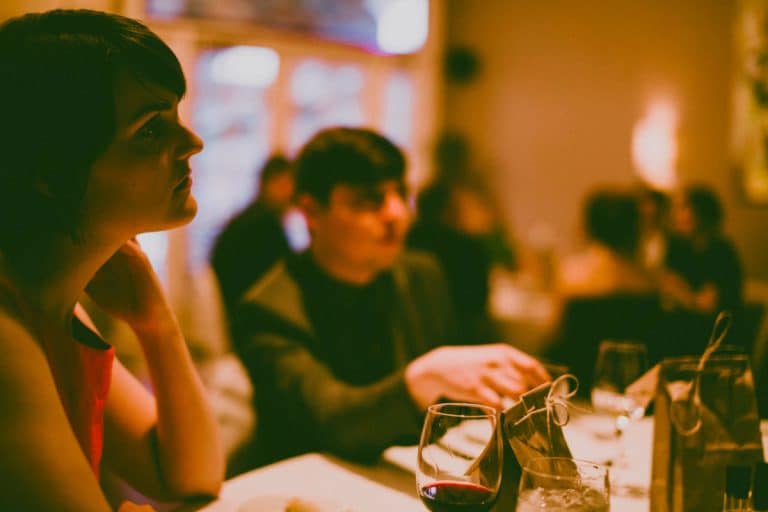
Image by Jez Timms/Unsplash, Public Domain Dedication (CC0).
The Space Between Us Is a Creative Possibility
My dad let me use my college fund to buy a horse when I was 11. I commend him for that decision, even though, much to his chagrin, one horse led to two, and before I knew it I had a barn full. While I’ve had many amazing mentors in my life, I’ve always said that my best teachers were my horses. Their lesson plans consisted of a silent conversation between species. In that space between my world and theirs, I learned about relating to an other with an ancient language, one in which rapport, communication, boundaries, and emotional congruence created safety and trust.
Trust and respect were the foundation of our work together. With an ever-increasing awareness of each other, there was ease at play in the space between and a refined communication between us. We could sense each other. We knew when the other was tense and what was needed for reassurance to return to calm and connection so we could be with each other and flow together. What followed was a co-creative relationship that felt like a burst of poetry in which 1 + 1 = 3. Much like watching accomplished dancers move across the floor with utter grace, in the synergistic relationship between us, the whole was greater than the sum of the parts. The horses taught me about the importance of this dance, and not only what it takes to play well with others, but what it means to create and be part of a “third, much greater thing.”
Yet working with the horses wasn’t all carrots and sweetgrass. There were plenty of road apple days when trust — a delicate thing — was lost and the connection between us was gone, when my patience had been tested and it showed, when either of our anxieties got in the way of our coming together, and moments when both horse and I looked at each other like we were from opposing planets with no direct line between us, nor an interest to find one. At those times, I felt marooned.
With horses, if something’s not working, forcing the matter doesn’t create a positive result. There must be opening for change to happen. That shift had to come from inside one of us. We needed to show up differently for each other. Most of the time, that started with me. Hello, radical self-inquiry. (Horses are human whisperers, after all.)
Oh, relationships. If only human relationships were different, easier perhaps. Even with all of our sophisticated frontal-lobe activity and laudable opposable thumbs, it’s not. Our relationships are our mirrors. Rapport, communication, self-awareness, safety, and trust are all still part of the whole deal that makes playing in the space between possible.
I’ve been thinking about this dance that business co-founders find themselves in. When two or more people come together to work on and in a company, for example, they are more than the sum of their parts. Each individual that joins in becomes part of an “us” entity. As a third, much greater thing, this “us” needs tending to just as each individual needs tending to in order to best serve and support the creative capacity of the whole endeavor.
How graceful can that “us” be?
Fostering a sense of trust and safety creates openings ripe with co-creative collaborative possibilities. Insert Warren Bennis here:
“Trust is the lubrication that makes it possible for organizations to work.”
Folks feel safe to show up as their best selves and make great things happen.
When stress is present in any person or in interactions, those dynamics constrict the possibility for creativity between individuals, thereby undermining the effectiveness of the “us.” Prolonged and unresolved stress creates toxicity and zaps energy within teams and companies. While stress can’t be avoided, it can be met as an opportunity for clarity within an individual, between people, or a shift in perception.
Wouldn’t it be great if we took time to think about how we wanted to work together? If we took time to learn about what a partner needed in order to return to their center in a moment of stress? If we had a useful blueprint for working together effectively, a tool we could use to mindfully custom-design what we want to do and be together?
Such a tool would be a reference point to return to in order to restore connection and co-creative capacity for relationships based on trust, appreciation, and respect. If teams designed their relationships to each other — and around the opportunity in front of them — they could grow together as friends, business partners, and as leaders in their roles based on how they chose to design the partnership. It all starts with a subversively simple question: “What would you like?” And it is followed by a commitment to consciously co-create that answer into being.
Wouldn’t it be great if each individual on a team felt safe enough to bring their whole self to the table, to be amazing together, and to co-create the best work of their lives? “Becoming a leader is synonymous with becoming yourself. It is precisely that simple, and it is also that difficult,” said Bennis. Or, as renowned horseman Buck Brannaman says:
“Whether it’s horses or whatever it is you do, it doesn’t become an art until your soul goes into what you do.”


Share your reflection